Concrete Waterproofing Benefits

Applying waterproofing in early spring can prevent moisture issues during the wetter months.
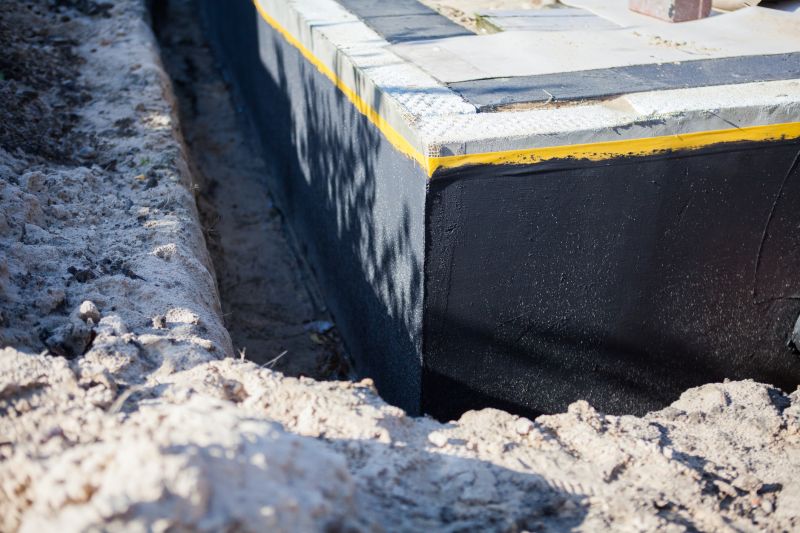
Ideal for projects to ensure protection before colder, wetter seasons.

Optimal application occurs during periods of low humidity and dry weather.
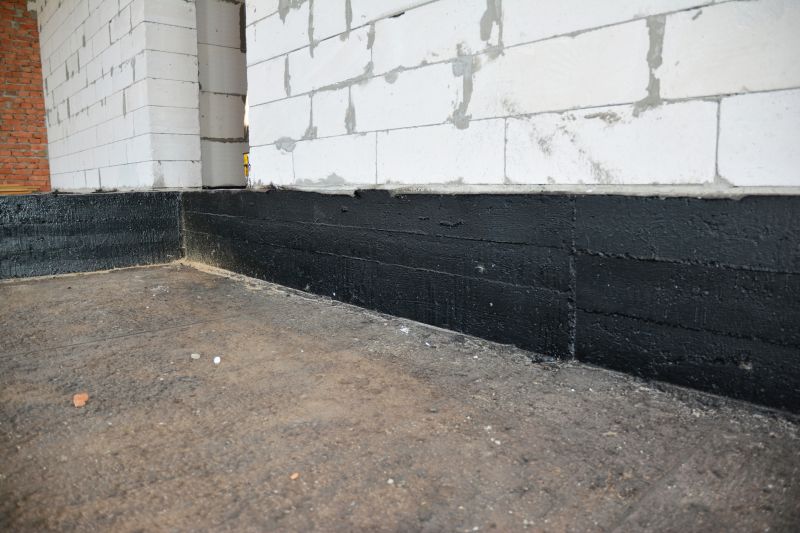
Ways to make Concrete Waterproofings work in tight or awkward layouts.
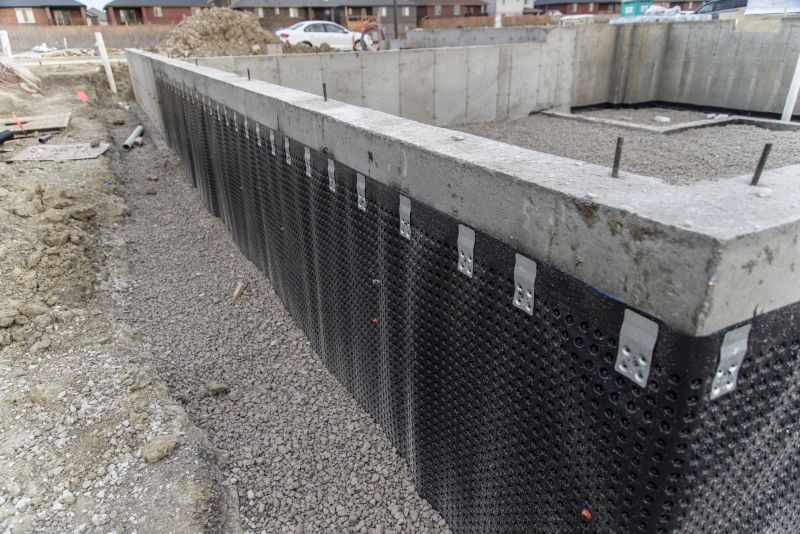
Popular materials for Concrete Waterproofings and why they hold up over time.

Simple add-ons that improve Concrete Waterproofings without blowing the budget.
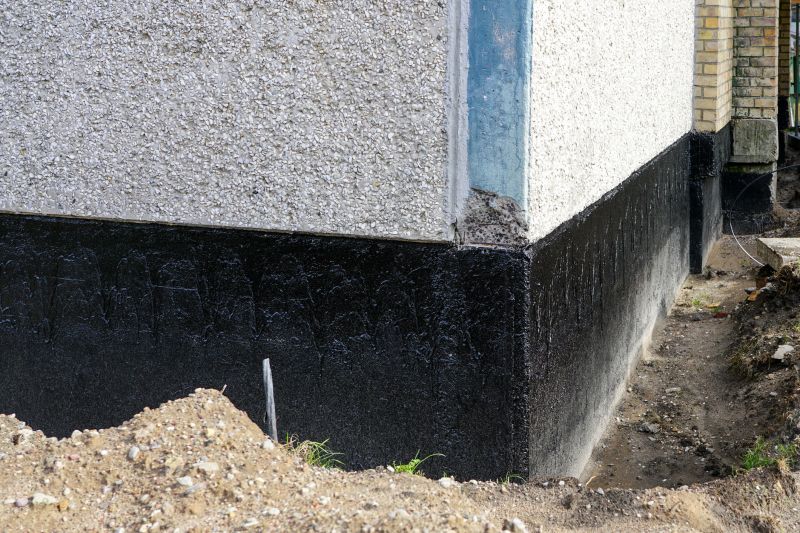
High-end options that actually feel worth it for Concrete Waterproofings.
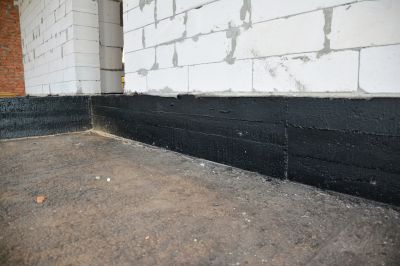
Finishes and colors that play nicely with Concrete Waterproofings.
Concrete waterproofing is a crucial process for protecting structures from water ingress, which can cause deterioration, cracking, and structural failure. Proper waterproofing extends the lifespan of concrete surfaces and reduces maintenance costs. Waterproofing materials include membranes, sealants, and coatings designed to create a barrier against moisture penetration. Statistics show that waterproofed concrete can last up to twice as long as untreated surfaces, significantly reducing repair expenses over time.
The timing of waterproofing application is essential for effectiveness. Moisture levels, ambient temperature, and weather conditions influence the success of waterproofing projects. Applying waterproofing during dry, mild weather ensures better adhesion and curing. Additionally, performing waterproofing before exposure to heavy rain or freezing temperatures helps prevent water infiltration and damage.
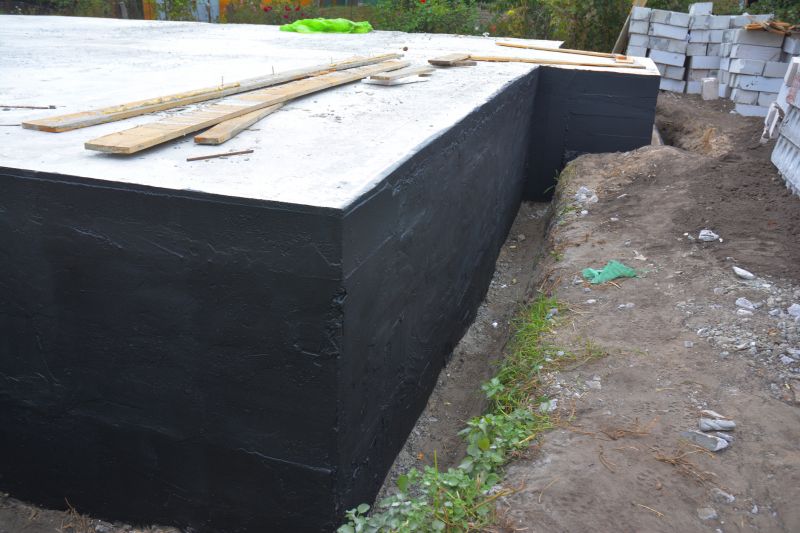
Applying waterproof coatings to concrete surfaces to prevent water ingress.
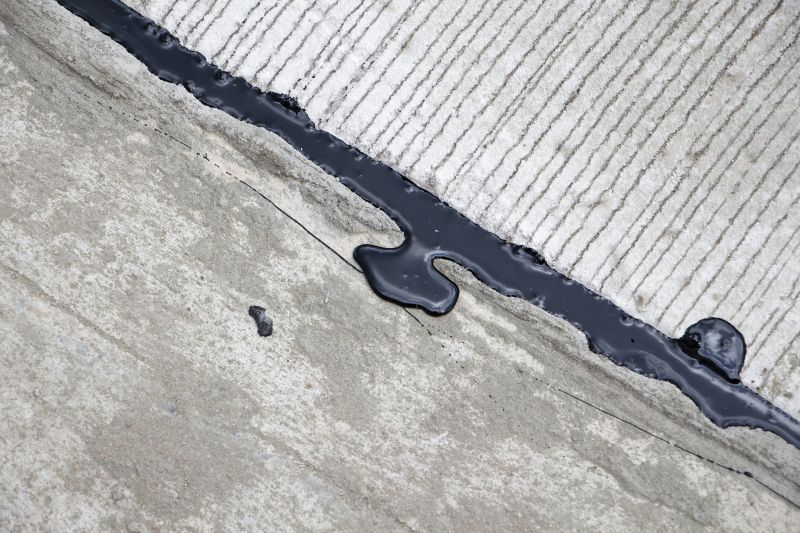
Critical areas where water can penetrate are sealed for enhanced protection.

Membranes are installed on surfaces to provide a continuous waterproof barrier.

Final look of a surface after waterproofing application, ready for exposure.

Little measurements that prevent headaches on Concrete Waterproofings day.

A 60-second routine that keeps Concrete Waterproofings looking new.

A frequent mistake in Concrete Waterproofings and how to dodge it.
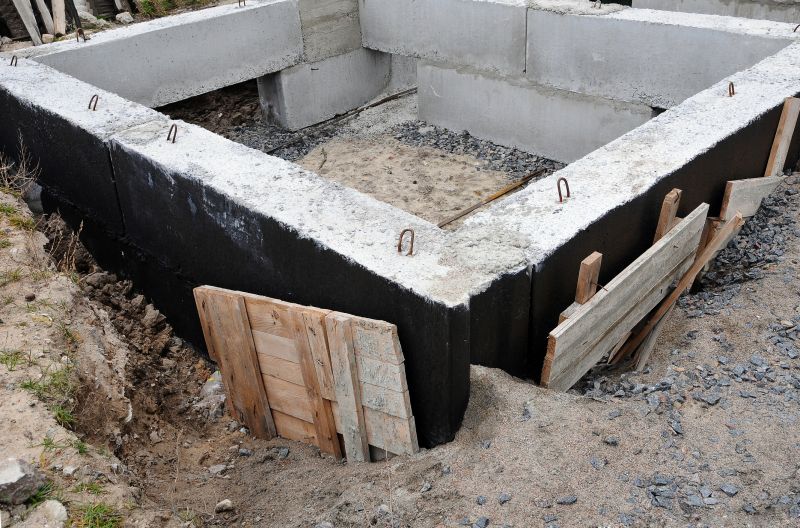
Small tweaks to make Concrete Waterproofings safer and easier to use.
| Application Timing | Key Considerations |
|---|---|
| Early Spring | Ensure temperatures are above freezing for proper curing. |
| Late Summer/Early Fall | Avoid periods of high humidity or rain. |
| Dry Weather Conditions | Ideal for adhesion and curing of waterproofing materials. |
| Pre-Construction | Allows for seamless integration with concrete pouring. |
| Post-Construction | Suitable for repairs or retrofitting existing structures. |
Lower-waste or water-saving choices for Concrete Waterproofings.
The short, realistic tool list for quality Concrete Waterproofings.
Rough timing from prep to clean-up for Concrete Waterproofings.
